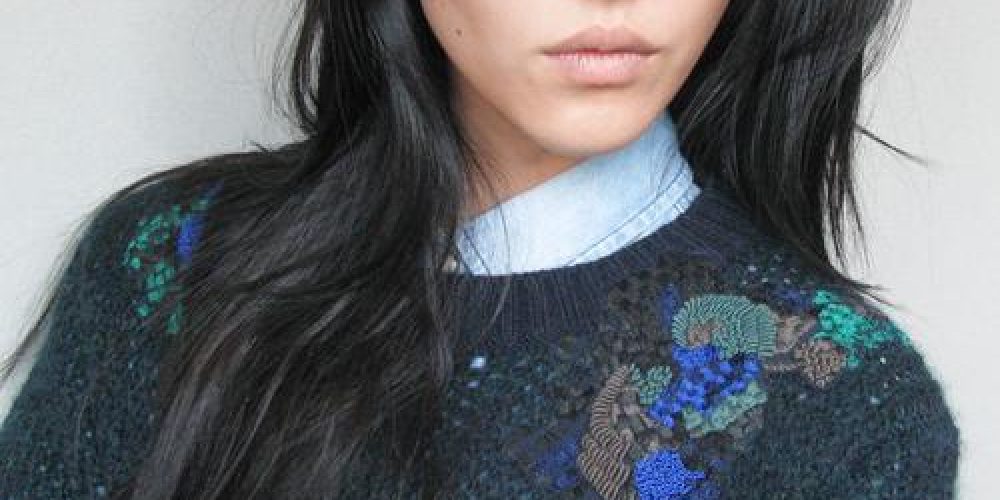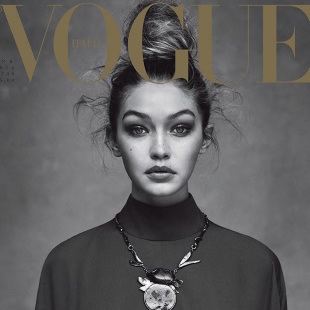The obsession with beauty in Asia, and more specifically Hong Kong, is more than apparent. With Sasa, Bonjour, and other beauty shops on almost every corner, their presence is hard to ignore. In a two kilometre radius around my own apartment, I can count three Sasa’s, two Bonjours, two large department stores, as well as a handful of other small beauty stores. Every product imaginable can be found on store shelves including smile changers, nose shapers, face rollers, and face masks for every conceivable imperfection.
Although the names of the stores differ, each one is filled with the same packaged promise: youth. But when the products don’t deliver or aren’t enough, many people turn to plastic surgery.
When I was in Hong Kong, I worked with a makeup artist named Zoey* who has worked in the fashion industry for the past six years. We started talking and got on the topic of plastic surgery. She explained how in the past couple years, cosmetic procedures have become increasingly common, primarily due to influence from South Korea, Hong Kong’s Northern neighbour.
For many years, Hong Kongers and Chinese consumers have been obsessed with Japanese pop culture. But in the past few years, Korean pop culture (K-Pop) has become a widespread trend, garnering a huge following all across Asia. From music, film, fashion, and beauty, K-Pop’s influence has left a strong mark on other Asian cultures, especially when it comes to plastic surgery. The mania over cosmetic procedures in Korea is at an all time high, with “one in five women in have had some type of procedure” (Business Insider). This makes South Korea the plastic surgery capital of the world, even surpassing Brazil. People in China and Japan have taken note of the trend and have started to go under the knife as well.
In Brazil, breast and buttocks enlargements are the most popular forms of plastic surgery. But these are far less prevalent in East Asia. Instead, the most common procedure is eyelid surgery. In this procedure, a small slit is cut into the top of the eyelid and fat is removed to replicate the “crease” or “double eyelid” that is typical of Caucasian faces. The eyelid obsession cannot be understated. When I was working in Hong Kong, I had an editorial client book me for five separate beauty shoots because she loved my eye crease.
Eyelid surgery is the most common cosmetic procedure amongst Hong Kong celebrities and models, but even teenaged girls (and some men) have gone under the knife. For those who can’t afford surgery, small stickers in the shape of thin clear or nude-coloured crescent moons can be placed on top of the eyelid to replicate the look. These are an essential part of any Hong Kong make-up artist’s kit.
Why are men and women in Hong Kong going under the knife? The reason surpasses vanity and reveals deeper cultural values about marriage and employment. Like in North America and Europe, people considered to be attractive are generally better paid.
During our conversation, Zoey explained to me how once a woman is past the age of twenty-eight, the pressure to find a mate is incredibly high from her family members because she’s getting old. In order to try and circumvent the aging process, many women choose to go under the knife in order to maintain a youthful and beautiful appearance. In doing so, they can increase their chances of finding a suitable spouse, despite their age.
But with the increasing popularity of plastic surgery, better doctors, and better technology, the line between natural and plastic is increasingly blurred. More models are beginning to flirt with the idea of getting plastic surgery in an effort to advance their careers.
In Hong Kong, it’s no secret that almost all models and actors get plastic surgery in order to get noticed from the media and the public. For example, Angelababy (Hong Kong’s most famous model-turned-actress and celebrity) is famous for having undergone multiple surgical procedures.
How far are these men and women willing to go in the quest for perfection? How will it affect the modelling industry, and more specifically, Asian models? If everyone is striving for perfection in the form of a “tiny nose, wide eyes with double lids, and a small face with a V-shaped chin” (Business Insider), then everyone, and all models, will end up looking similar. Instead of embracing diversity or celebrating uniqueness, plastic surgery promotes uniformity.
If designers hire East Asian models in their campaigns and shows, but those models have undergone cosmetic surgery to look Caucasian, won’t a Western beauty ideal still be privileged? Instead of Asian beauty being advocated, the surgically-“enhanced” East Asian models will be further contributing to their own under-representation
Supermodel Liu Wen, is the most celebrated Chinese model outside of Asia and was also ranked as Forbes’ fifth top-earning model of 2013. She doesn’t have a “double eyelid” or “crease,” and neither do other East Asian models who have reached international success such as, Xiao Wen Ju and Soo Joo Park. Very often, the non-Caucasian models that succeed in Western markets, do not possess the beauty that is idealized in their home countries.
Iman, for example, is the most famous East African model of all time, but is not considered beautiful back in Somalia. In an interview with Into The Gloss she said, “And at my high school ‘prom,’ so to speak, the girls couldn’t decide which boy to go with. Nobody asked me! My father paid my cousin to take me! I was not considered beautiful at all. Really. And this is what all models say. But I’m still not considered that beautiful in my country. I don’t know the beauty ideal where I come from—but it’s not me.”
Non-Asian models such as Cindy Crawford, Lara Stone, Gisele Bundchen, and Kate Moss, also each possess characteristics that are (or were) considered to be unusual. It’s because of these models non-conventional characteristics that make them special. The slightest imperfection in a model is what makes them successful, and even iconic. If Gisele had gotten a nose job (it had been requested) she may never have been as successful.
Many local Hong Kong celebrities and models feel the pressure to get eyelid surgery in order to appeal to the public, media, and become successful. Choosing to undergo cosmetic surgery is a personal decision, but what if these men and women embraced their natural non-Western features? With their immense popularity, celebrities and models in Hong Kong possess enough social capital that they can help influence the public in a positive way.






